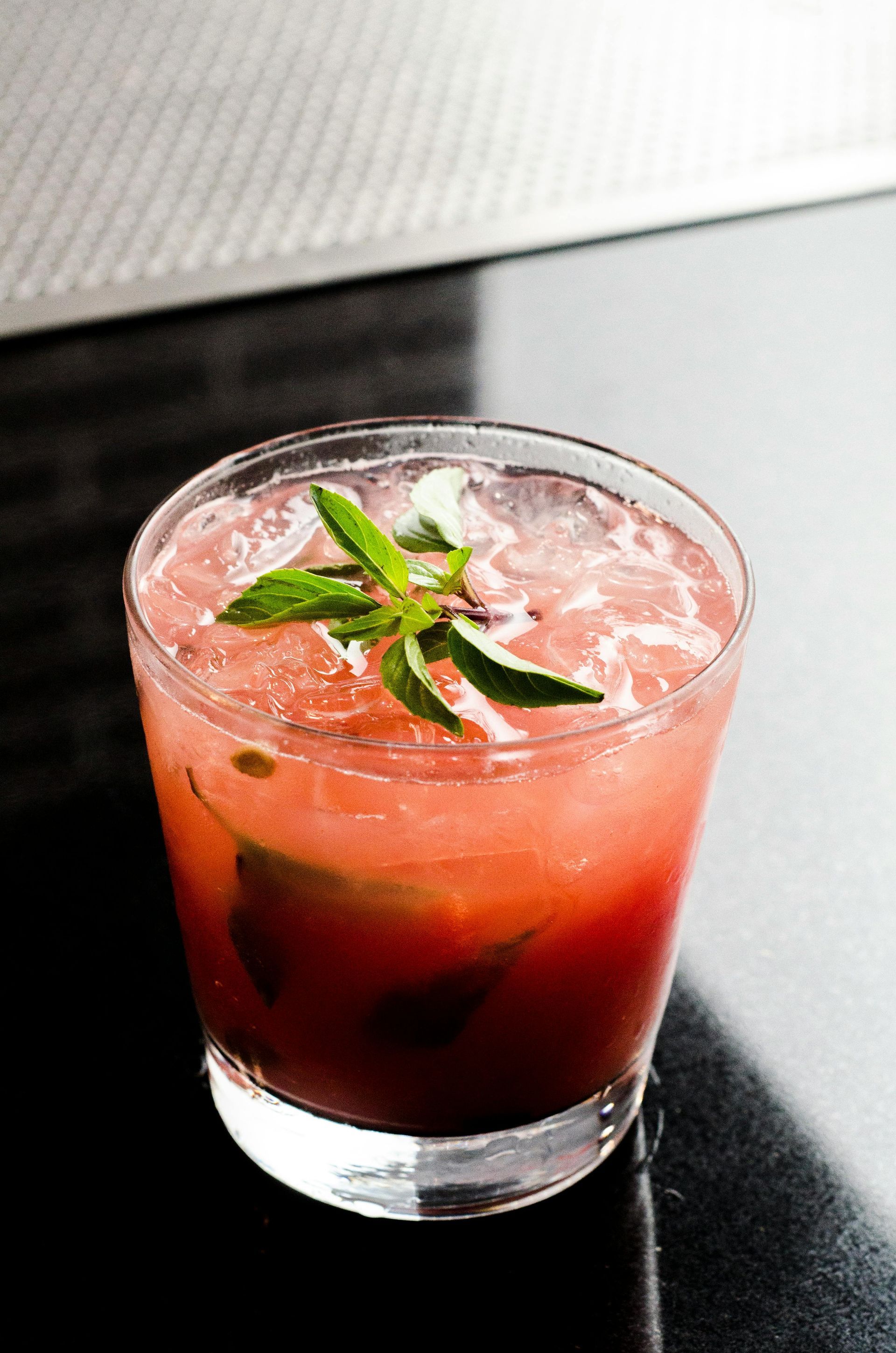Making a Dealcoholized Wine: Opportunities, Challenges, and How to Get It Right
The non-alcoholic beverage category is experiencing explosive growth, and dealcoholized wine is becoming one of the most exciting subsegments. Consumers today are seeking moderation, wellness, and balance — without giving up the social rituals or premium experiences that come with a glass of wine. For wineries, beverage brands, and co-packers, this shift presents a compelling opportunity to expand product portfolios and meet the demands of a new kind of consumer. Let's explore more about dealcoholized wine manufacturing.
What Is Dealcoholized Wine?
Dealcoholized wine starts out as real wine, made using traditional vinification methods. Once fermentation is complete, the alcohol is gently removed using techniques such as vacuum distillation, reverse osmosis, or spinning cone technology. The result is a product that retains much of the aroma, body, and flavor profile of the original wine — but without the intoxicating effects.
Does Dealcoholized Wine Really Contain 0% Alcohol?
Not exactly. By legal definition in the U.S. and many other markets, dealcoholized wine must contain no more than 0.5% ABV. That’s about the same amount — or less — than what occurs naturally in fruit juices like orange juice. This makes it safe for those looking to avoid alcohol while still offering the sensory experience of wine.
Why the Non-Alcoholic Segment Is Growing
- Health & Wellness Trends: Consumers are more conscious of their alcohol consumption and looking for moderation.
- Sober-Curious Movement: Younger generations, especially Gen Z and Millennials, are leading the charge in reducing alcohol intake.
- Occasion Flexibility: NA wines provide an option for daytime occasions, work events, or celebrations where alcohol might not be appropriate.
- Global Growth: Non-alcoholic wine sales are expanding rapidly in the U.S., Europe, and Asia.
For beverage businesses, dealcoholized wine isn’t a passing trend — it’s part of a long-term shift toward more mindful drinking.
Formulating Dealcoholized Wine That Tastes Good
One of the biggest hurdles in the non-alcoholic wine market is taste. Early iterations of dealcoholized wines often disappointed consumers: overly sweet, thin-bodied, or lacking complexity. Today, however, advances in technology and formulation are making it possible to deliver products that are far closer to the wine-drinking experience. Big Brands has experienced to help with dealcoholized wine formulation.
Does Dealcoholized Wine Actually Taste Like Real Wine?
Here’s the million-dollar question: not exactly. Consumers should not expect a dealcoholized Sauvignon Blanc to taste exactly like its alcoholic counterpart. However, with the right production methods, flavor balancing, and formulation adjustments (such as natural extracts, tannins, or acids to restore mouthfeel and complexity), brands can create a product that delivers satisfaction in its own right.
In fact, many consumers report that over time they grow to enjoy dealcoholized wine more and more — with some even saying it begins to taste remarkably close to “the real thing” after a few months of regular enjoyment.
Does Dealcoholized Wine Taste Like Real Wine?
This is perhaps the biggest question for consumers. The short answer? Not exactly. Alcohol is a carrier of flavor and contributes significantly to texture. Removing it entirely will always alter the drinking experience.
That said, the industry has made remarkable strides. With careful production methods and expert formulation, many dealcoholized wines now deliver a sensory profile that is both satisfying and familiar. They may not mirror a favorite Sauvignon Blanc or Chardonnay perfectly, but they can serve as a credible, enjoyable alternative.
How Is Dealcoholized Wine Made?
Producing a quality dealcoholized wine involves several steps:
- Start with Real Wine – The process begins by fermenting grape juice into wine, as with traditional winemaking.
- Remove Alcohol – Using techniques such as vacuum distillation, reverse osmosis, or spinning cone technology, alcohol is carefully removed while attempting to preserve flavor, aroma, and structure.
- Rebalance the Formula – Because alcohol contributes to mouthfeel and body, manufacturers often rebalance acidity, tannins, and natural flavors to replicate the experience of traditional wine.
This is where formulation expertise matters. A poorly balanced dealcoholized wine risks tasting overly sweet, flat, or unlike wine at all — something consumers notice immediately.
Packaging Formats: 750 ml Bottles vs. Aluminum Cans
When thinking about dealcoholized wine manufacturing, packaging is an important consideration when launching a dealcoholized wine.
- 750 ml Glass Bottles: The classic wine format, best for table service and premium positioning. It signals tradition and elevates the perception of the product.
- Aluminum Cans (187 ml or 250 ml): Increasingly popular for convenience, portability, and sustainability. Cans appeal to younger consumers and open new consumption occasions (picnics, outdoor events, concerts).
Many successful brands are now producing both formats, giving consumers flexibility and capturing multiple markets.
Key Takeaways for Manufacturers
- Start with quality wine before dealcoholization — good base wine leads to better end products.
- Understand the legal definition (≤0.5% ABV) and labeling requirements for your target markets.
- Invest in sensory formulation — consider adding natural flavors, tannins, or acids to restore body and aroma.
- Choose packaging formats strategically to reach both traditional and modern consumers.
- Recognize that taste perception evolves — with persistence and good formulation, consumers can truly enjoy dealcoholized wines as part of their lifestyle.
Final Thought: The demand for dealcoholized wine is here to stay. For producers and beverage innovators, it’s an opportunity to diversify, capture a growing market, and create something that aligns with today’s values of wellness, inclusivity, and balance. With the right manufacturing partner and attention to formulation, dealcoholized wine can become a signature product in your portfolio — one that consumers not only try once, but return to again and again. If you need dealcoholized wine manufacturing, Big Brands is the company you can trust.




